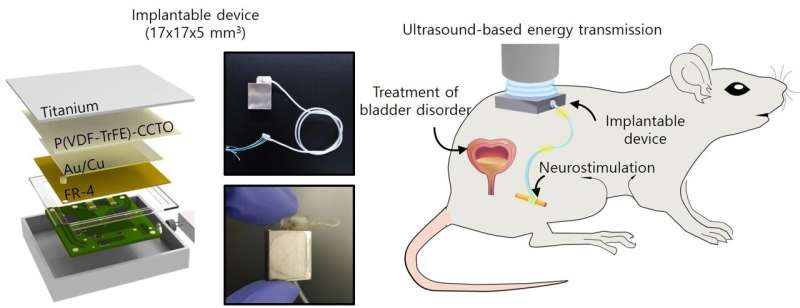Medical technology innovations achieved by integrating science and medicine have improved the quality of life for patients. Especially noteworthy is the emergence of electronic devices implanted in the body, such as in the heart or brain, which enable real-time measurement and regulation of physiological signals, presenting new solutions for challenging conditions like Parkinson’s disease. However, technical constraints have hindered the semi-permanent use of electronic devices after their implantation.
A collaborative research team led by Professor Sung-Min Park from the Departments of Convergence IT Engineering, Mechanical Engineering, and Electrical Engineering, and the School of Interdisciplinary Bioscience and Bioengineering at POSTECH, has achieved a groundbreaking development. They’ve created electrostatic materials that function even with extremely weak ultrasound, heralding the era of permanent implantable electronic devices in biomedicine.
The research has been published in the journal Advanced Materials.
Patients with implanted devices need to undergo periodic surgeries for battery replacement. This process carries a significant risk of complications and imposes both economic and physical burdens on patients.
Recent research explores implantable medical devices that operate wirelessly, yet finding a safe energy source and protective materials remains challenging. Presently, titanium (Ti) is used due to its biocompatibility and durability. However, radio waves cannot pass through this metal, necessitating a separate antenna for wireless power transmission. Consequently, this enlarges the device size, creating more discomfort for patients.
The research team addresses this issue by opting for ultrasound, a safety-validated method in various medical fields for diagnoses and treatments, instead of radio waves.

